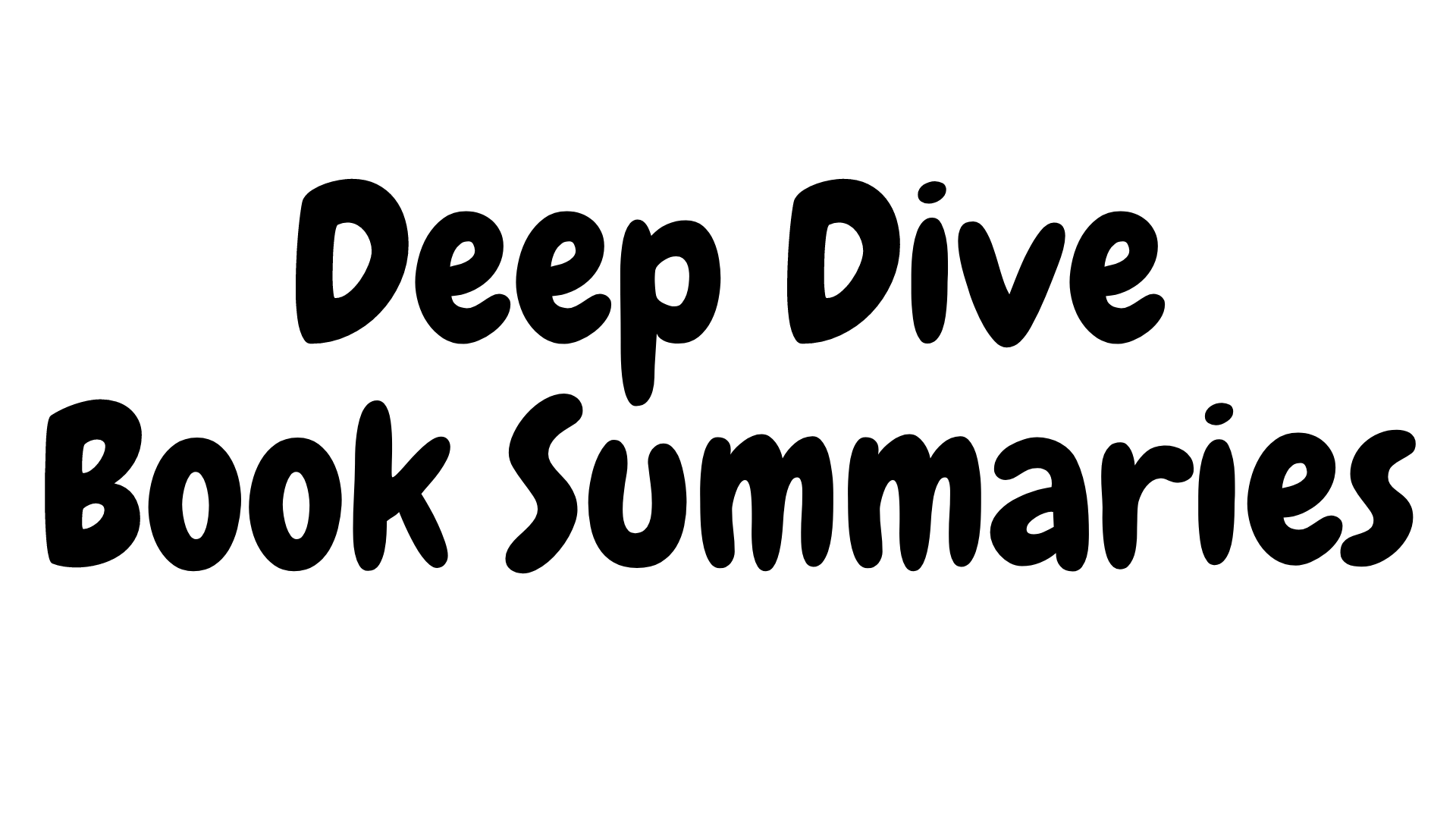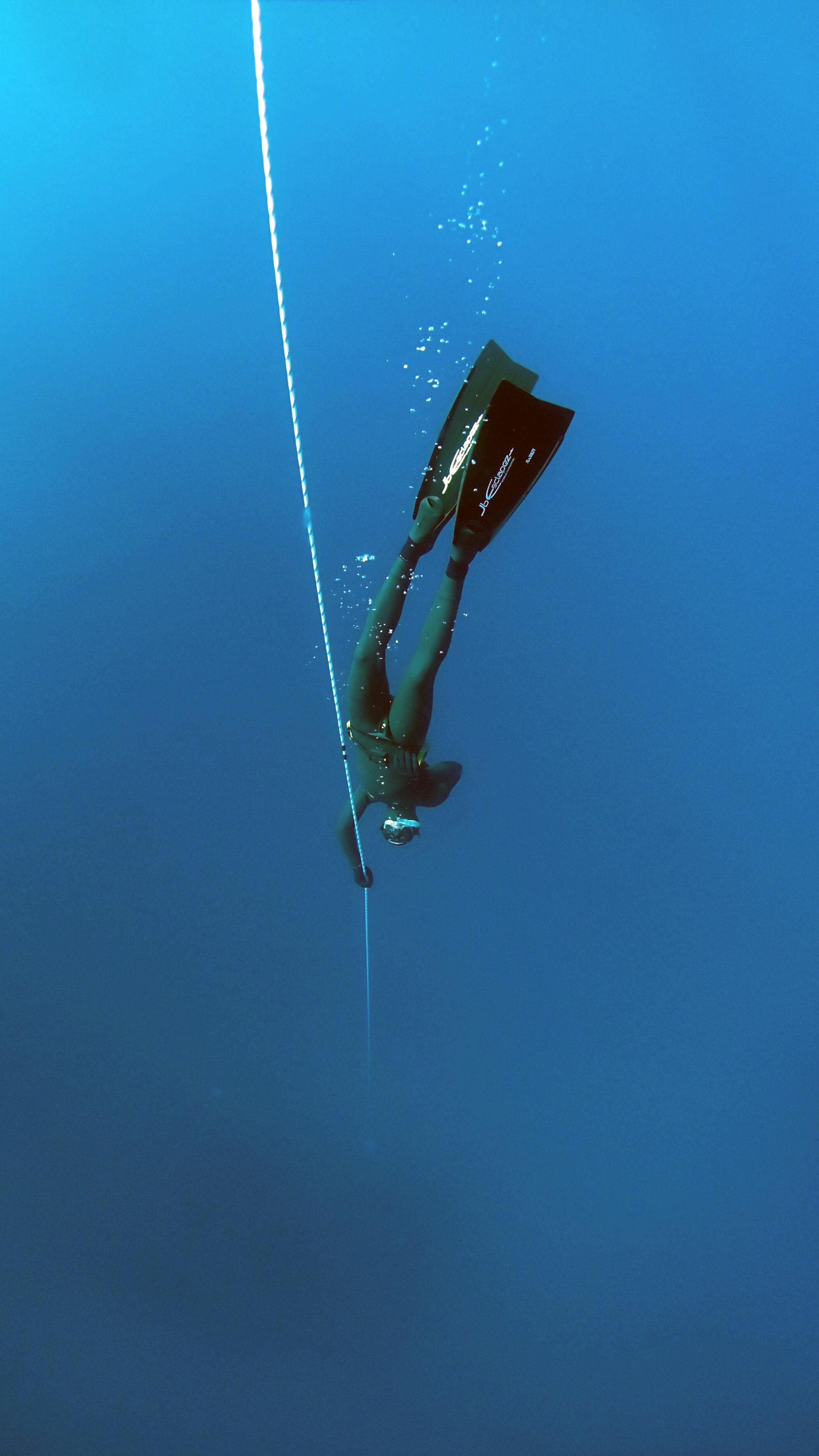Unveiling The World Of LeakVids: A Deep Dive Into The Hidden Corners Of Content
Let’s face it—when it comes to online content, there’s always more than meets the eye. The internet is a vast ocean filled with videos, images, and information, but some of it remains hidden behind layers of mystery. Today, we’re diving deep into one such phenomenon: LeakVids. If you’ve ever wondered what this term means, how it works, or why it matters, you’re in the right place. Get ready for an eye-opening journey!
LeakVids has become a buzzword in recent years, sparking curiosity and sometimes controversy. Whether you’re a tech enthusiast, a casual internet user, or simply someone who loves unraveling mysteries, understanding LeakVids can provide valuable insights into the digital landscape. So, buckle up as we explore this fascinating world!
Before we dive headfirst into the nitty-gritty, let’s clarify something: this article isn’t just about definitions. It’s about giving you the tools to navigate the complexities of LeakVids safely, ethically, and with confidence. Let’s get started!
- Doraha Web Series The Ultimate Guide To Indias Hottest Thriller
- Vegamoviescom In Your Ultimate Destination For Movie Streaming
What Exactly Are LeakVids?
Let’s break it down. LeakVids, at its core, refers to unauthorized or leaked video content that finds its way onto the internet. These could range from celebrity clips, corporate secrets, or even personal footage that wasn’t meant for public consumption. The term has grown exponentially in popularity due to its association with scandals, controversies, and the sheer curiosity it sparks.
Think of it like this: imagine walking into a library where all the books are locked away, but someone leaves the key under the mat. LeakVids is like finding that key—and deciding whether or not to use it.
Why Do People Care About LeakVids?
Here’s the thing: human nature loves secrets. We’re wired to seek out information, especially when it’s exclusive or forbidden. LeakVids taps into this primal urge, making it irresistible to many. But beyond the thrill, there are practical reasons why people care:
- Mother Warmth Chapter 3 Jackerman A Deep Dive Into The World Of Emotional Connections
- Brandi Passante Leaks The Untold Story You Need To Know About
- Entertainment value: Who doesn’t love a good drama?
- Exposure to hidden truths: Some leaks reveal important information that could change public perception.
- Cultural impact: LeakVids often shape conversations around privacy, ethics, and accountability.
The History of LeakVids: How Did We Get Here?
To truly understand LeakVids, we need to look back at its origins. The concept of content leaks isn’t new; in fact, it dates back to the early days of the internet. Back then, file-sharing platforms like Napster paved the way for unauthorized sharing of music and videos. Fast forward to today, and we have entire ecosystems built around leaking content.
Some notable moments in LeakVids history include high-profile celebrity leaks, corporate espionage cases, and even government whistleblowing. Each event added another layer to the conversation, highlighting the dual-edged nature of this phenomenon.
Key Milestones in LeakVids Evolution
- 2000s: The rise of peer-to-peer networks.
- 2010s: Celebrity leaks dominate headlines.
- 2020s: Increased focus on privacy and cybersecurity.
How Do LeakVids Work?
Now, let’s talk mechanics. How exactly do LeakVids happen? It’s a multi-step process involving technology, human error, and sometimes malicious intent. Here’s a simplified breakdown:
Step 1: Content is created or recorded, often under strict confidentiality agreements.
Step 2: A breach occurs—this could be through hacking, insider leaks, or accidental uploads.
Step 3: The leaked content spreads across various platforms, gaining traction as it goes.
It’s worth noting that not all LeakVids are created equal. Some are accidental, while others are deliberate acts designed to cause harm or generate attention.
Platforms Where LeakVids Thrive
Not surprisingly, certain platforms have become hotspots for LeakVids. Social media sites, file-sharing services, and even dark web forums play host to these unauthorized clips. While major platforms like YouTube and Twitter work tirelessly to remove illegal content, the sheer volume makes it a constant battle.
The Legal and Ethical Implications of LeakVids
Let’s talk about the elephant in the room: legality. Are LeakVids legal? The answer isn’t black and white. In many cases, leaking copyrighted or private content is against the law. However, enforcement varies depending on jurisdiction and context.
Ethically speaking, LeakVids raise serious questions about consent, privacy, and responsibility. Just because something can be leaked doesn’t mean it should be. As consumers, we bear a responsibility to think critically about the content we consume and share.
Legal Consequences of Engaging with LeakVids
- Copyright infringement penalties.
- Violation of privacy laws.
- Potential criminal charges for distribution.
Who Are the Players in the LeakVids Game?
Every story has characters, and the world of LeakVids is no exception. From hackers and insiders to journalists and everyday users, there’s a diverse cast involved in this digital drama. Understanding their roles can help us make sense of the bigger picture.
Types of Leakers
- Hackers: Skilled individuals who exploit vulnerabilities to access restricted content.
- Insiders: Employees or associates with legitimate access who choose to share sensitive information.
- Whistleblowers: Those who leak content to expose wrongdoing or injustice.
The Impact of LeakVids on Society
LeakVids don’t exist in a vacuum. They have real-world consequences that ripple through society. From influencing public opinion to shaping policy decisions, these leaks leave an indelible mark on our collective consciousness.
For instance, leaks involving government misconduct or corporate malpractice often lead to significant reforms. On the flip side, leaks of personal content can devastate individuals, leading to reputational damage and emotional distress.
Positive vs. Negative Effects
It’s important to weigh the pros and cons:
- Positive: Increased transparency and accountability.
- Negative: Invasion of privacy and potential harm to individuals.
How to Stay Safe in the World of LeakVids
Now that we’ve explored the ins and outs of LeakVids, let’s talk practicality. How can you protect yourself in this ever-evolving landscape? Here are a few tips:
- Be cautious about what you share online.
- Use strong passwords and enable two-factor authentication.
- Think critically before consuming or sharing leaked content.
Tools and Resources for Digital Safety
There are plenty of resources available to help you stay safe. From password managers to privacy-focused browsers, arming yourself with the right tools can make all the difference.
The Future of LeakVids
As technology continues to evolve, so too will the world of LeakVids. Advances in AI, blockchain, and encryption may change how leaks occur and how they’re handled. One thing is certain: the conversation around LeakVids will only grow louder and more complex.
Predictions for the Next Decade
- Increased focus on digital rights and privacy laws.
- Emergence of new technologies to combat unauthorized leaks.
- Greater public awareness and demand for ethical practices.
Conclusion: What You Need to Know About LeakVids
We’ve covered a lot of ground today—from defining LeakVids to exploring their impact on society. To sum it up:
- LeakVids are unauthorized video content that sparks curiosity and controversy.
- They come with both legal and ethical implications that must be considered.
- Staying informed and practicing digital safety is key to navigating this complex world.
So, what’s next? It’s up to you. Will you be a passive observer, or will you take an active role in shaping the future of LeakVids? Share your thoughts in the comments below, and don’t forget to check out our other articles for more insights into the digital realm!
Table of Contents
Article Recommendations
- Wasmo Somali Telegram Link 2024 The Ultimate Guide For You
- Remote Iot Monitoring With Ssh Download Raspberry Pi Ubuntu For Free



Detail Author:
- Name : Dr. Lurline Zboncak
- Username : sheila28
- Email : kshlerin.gwendolyn@murray.com
- Birthdate : 2000-04-23
- Address : 2205 Runte Roads Schinnerton, IL 20300-5828
- Phone : +1 (480) 320-5214
- Company : Abernathy-D'Amore
- Job : Fire Investigator
- Bio : Non nesciunt vel provident totam. Consequuntur unde repudiandae quo labore ut minus. Rem libero natus ut reprehenderit voluptatibus dolor omnis. Doloremque velit et commodi ut eos ut dolor et.
Socials
linkedin:
- url : https://linkedin.com/in/susan_little
- username : susan_little
- bio : Porro nisi aut distinctio soluta sunt autem.
- followers : 6584
- following : 2466
facebook:
- url : https://facebook.com/littles
- username : littles
- bio : Vero a non magni sed neque.
- followers : 3650
- following : 456
tiktok:
- url : https://tiktok.com/@susan_little
- username : susan_little
- bio : Omnis omnis accusantium nobis velit dignissimos. Sunt quod aut et eos.
- followers : 1425
- following : 2701